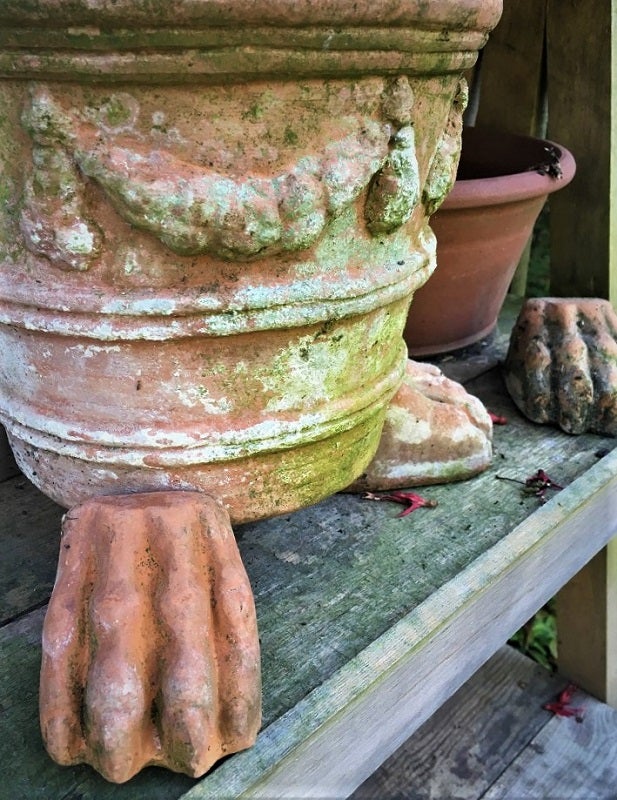And Now You Know: The Bricklayer that became an Orchadier
Published 7:26 am Saturday, February 10, 2018
By Mike Louviere
Orange has had a varied history, there are men who worked in sawmills, built wooden ships, steel ships, and later produced petrochemicals. With such a varied history, there have been unique men and women who lived in Orange. In November 1960, Mary Alice Lakey, a reporter for the Orange Leader, interviewed a man who was one of most unique persons to have lived in Orange, a man who first laid brick and later became a master at growing orchids.
At the time of Lakey’s interview, George Grinsted was 90 years old. Grinsted had been living in Orange since 1894, when he migrated with his sister and brother in law to America from their home in Eastbourne, England.
The three first settled in Georgia where Grinsted found work in a sash and blind mill. This job gave the young man a basic knowledge of woodworking. In Orange, Grinsted found work as a bricklayer. At the time of the 1960 interview, some of the buildings he helped build were still standing in the areas of Green Avenue and Fifth Street. He also worked on the home built for the W.H. Stark family.
Working on their new home, Grinsted met some of the members of the Stark family and told them of his interest in gardening. As he and the Starks became acquainted, he was offered the opportunity to work in the old greenhouse the Stark family operated.
Frances Ann Lutcher took interest in the young man and started him in the cultivation of her beloved orchids. He began constant study of orchids; he worked hard in the green house and was allowed to experiment. Before long he was considered “an expert Orchadier” and was headquartered in the new Stark greenhouse at Shangri-La.
After Mrs. Lutcher’s death her daughter, Mrs. W.H. Stark, continued the cultivation of orchids.
It was said the greenhouses “Have varieties that would excite the most demanding connoisseur.”
During one orchid season there were 200 blossoms cut and sent to “the big house”, the Stark home. In 1948, there were 1,097 blooms cut, in 1949 they cut 1,277, in 1950 and 1951 a peak number of 1,300 were cut each season.
At age 90, Grinsted still woke each morning at 6 a.m. and reported to the greenhouse at 8:30 a.m. where he watered and cared for all the plants, working until noon. Orchids remained his favorites.
His hobby at home was woodworking. He had a workbench in his bedroom and on nights when he would awaken and have trouble going back to sleep, he would work on some of the small items he made to give to friends and family members.
On his 90th birthday he said: “It is no different from any other day. I’m glad to be able to be up and about.”
Grinsted was an early member of First Methodist Church when the church was located on Border and Henderson Streets. He played the church’s pump organ. Later he learned to play the flute. Before the Orange Opera House burned in 1910, he was a member of the band that played there.
George Grinsted and his wife Barbara had eight children. Barbara died in 1939. George never remarried. There were eventually 10 grandchildren and 30 great grandchildren.
When asked about Orange, he replied; “I saw it rise from a morass of evil—a bad town. I never thought it would boom out as it has.”
In addition to his woodworking, his other favorite activity was to go to Sabine Pass each Sunday and eat a meal of flounder.
“It’s been a good life”, was his closing comment of the interview. Grinsted died November 29, 1962. With his death another of the interesting characters from the early years of Orange was gone.
Reading his interview, I wondered if his favorite place to eat flounder was at the old Granger’s in Sabine Pass, a favorite place of many to eat seafood in its day. Flounder was a specialty of Granger’s.
“And now you know”





